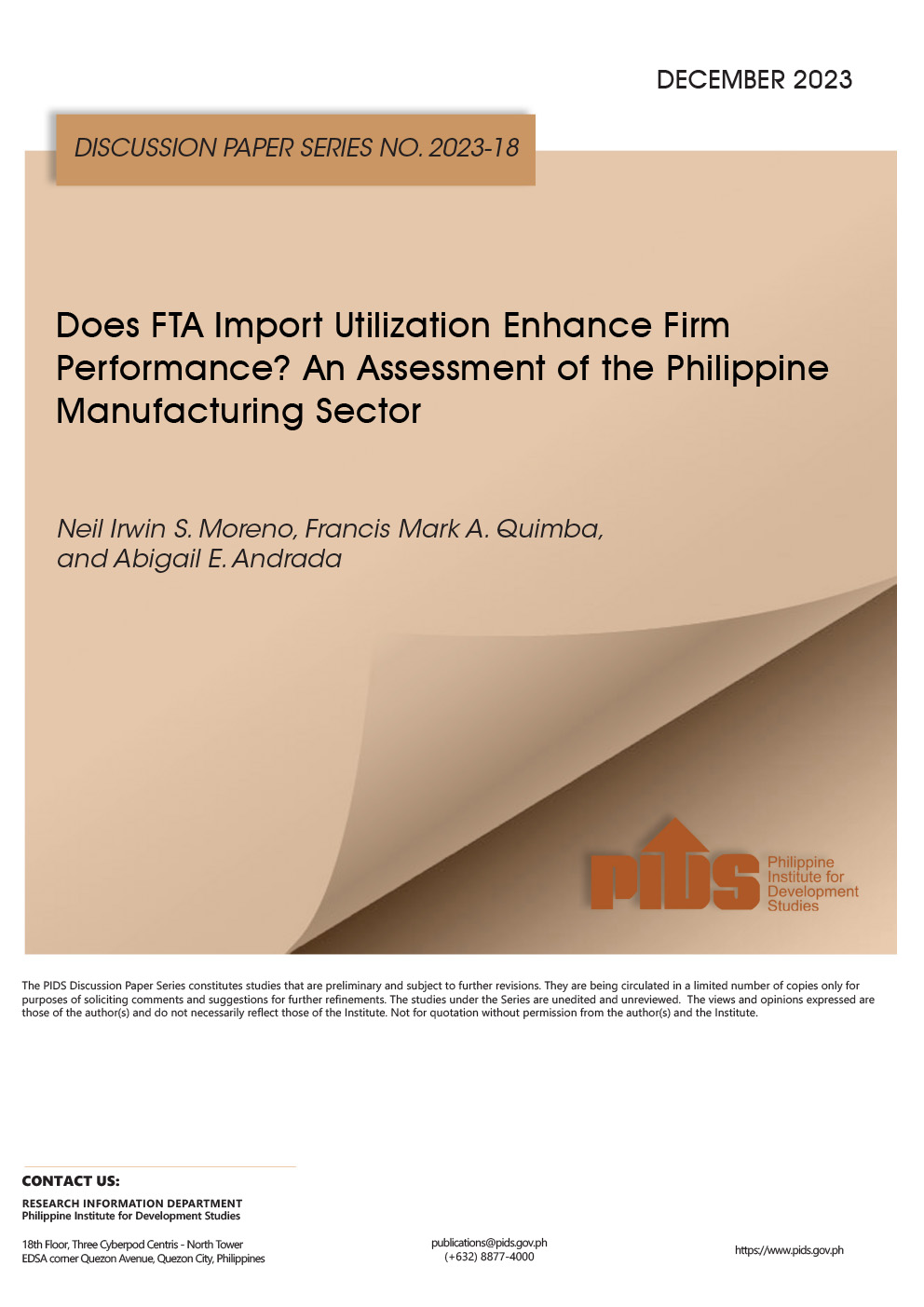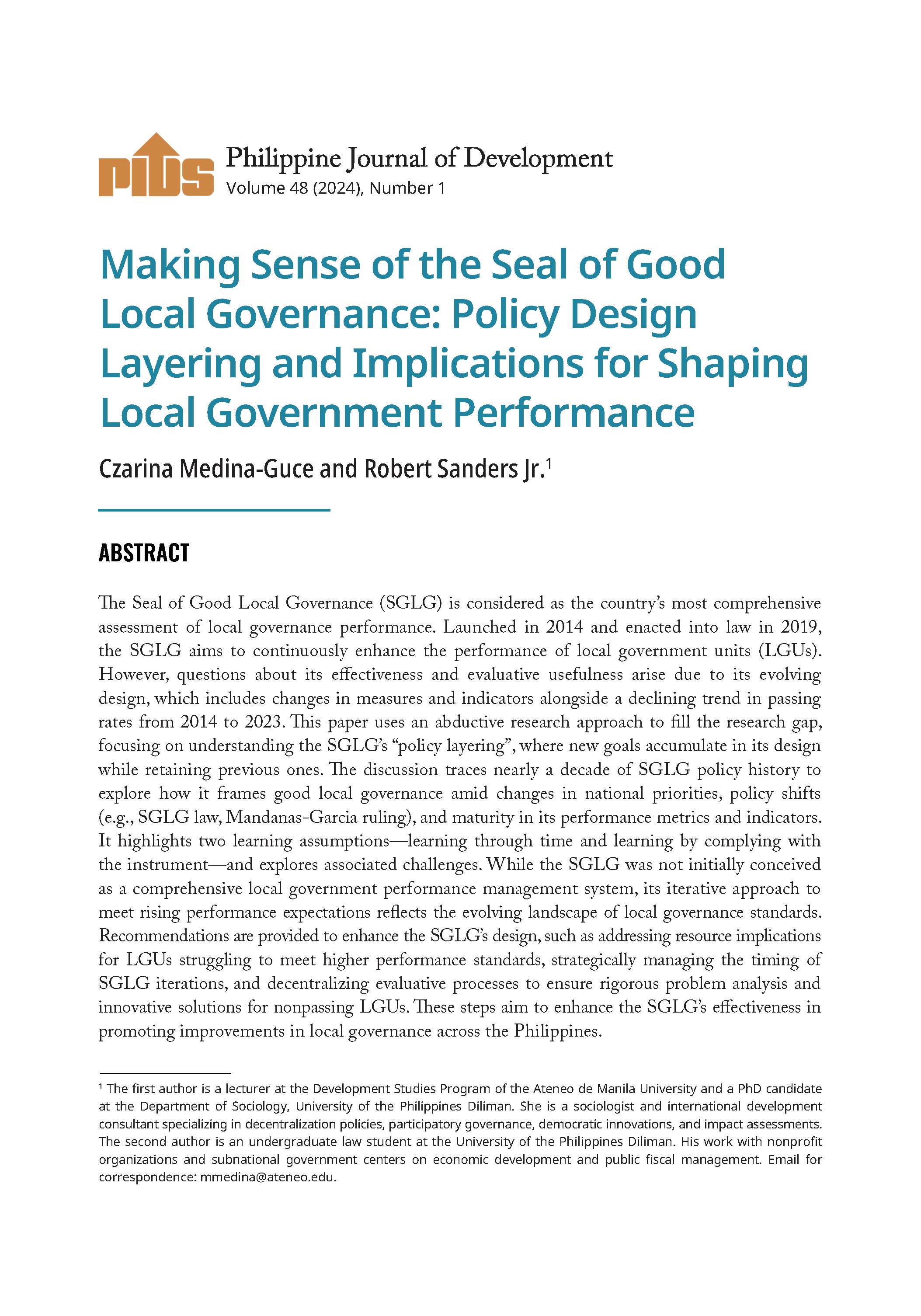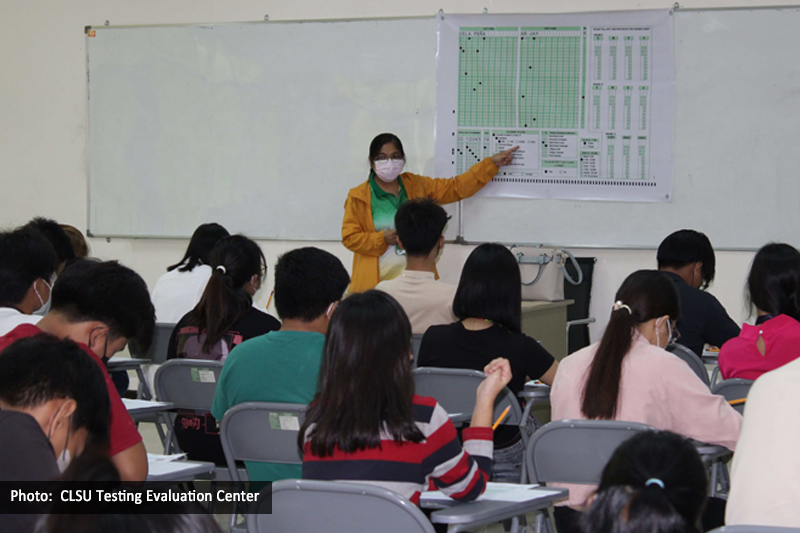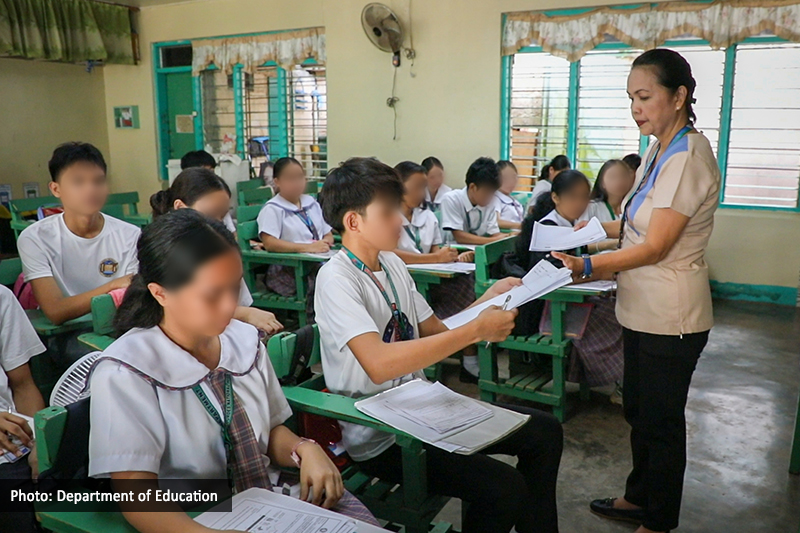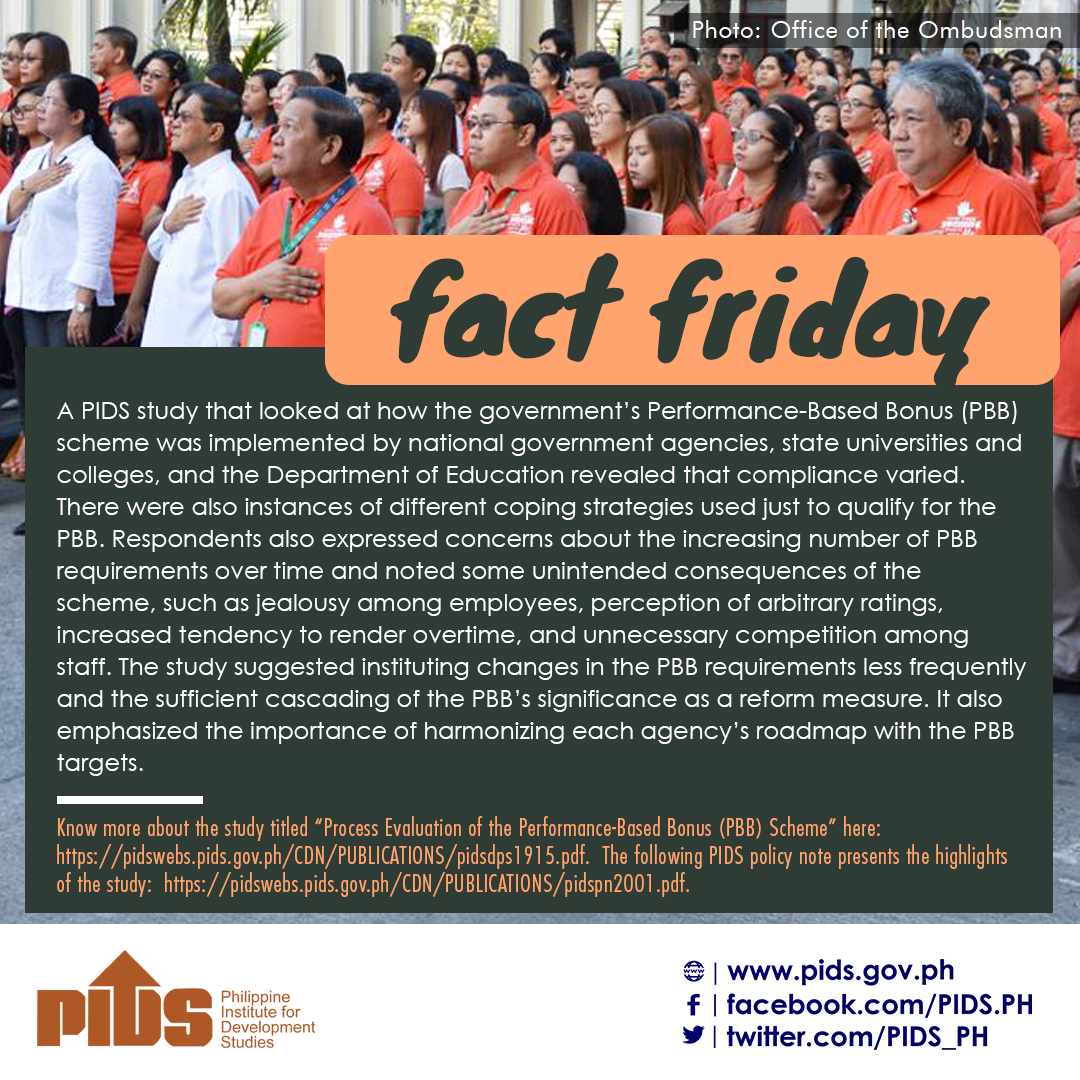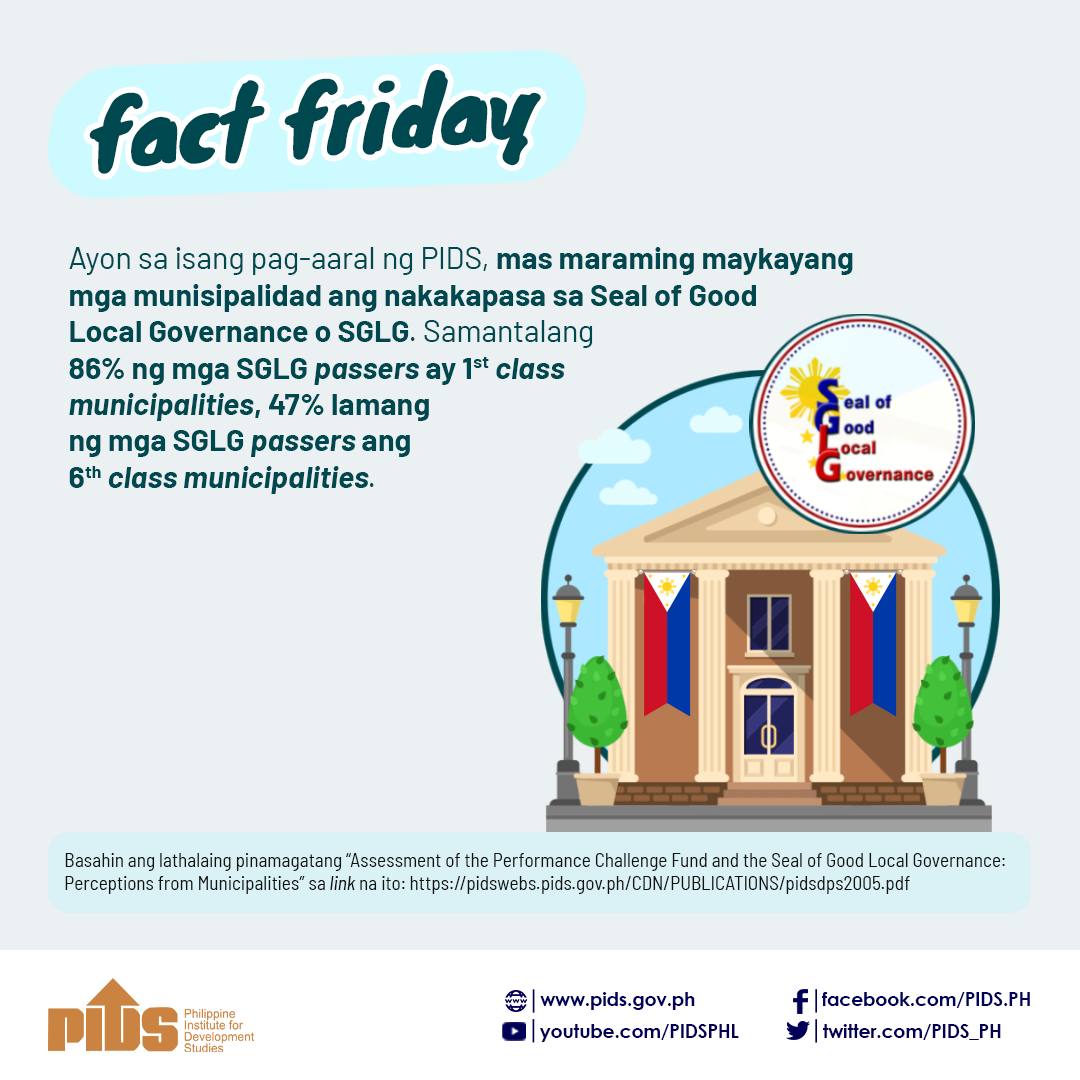PRODUCTION of the agriculture sector can be expected to have been “slightly positive” at best in the second quarter of 2019, two economists said late last week, citing particularly the impact of subdued rice output that has the biggest contribution to farm performance.
The Philippine Statistics Authority (PSA) is scheduled to report second-quarter farm performance on Aug. 7.
“My take: negative one to zero,” Rolando T. Dy, executive director of the University of Asia and the Pacific’s Center for Food and Agri-Business, said in a mobile phone message when sought for estimates, citing El Niño’s impact on rice and corn production.
Government estimates as of April 25 on damage from El Niño-induced dry spell put the value at P7.96 billion worth of 447,889 metric tons (MT) of rice, corn, fisheries and high-value crops. Damage to rice reached P4.04 billion involving 191,761 MT from 144,2020 hectares and affecting 140,387 farmers, while estimated damage to corn reached P3.89 billion involving 254,766 MT from 133,007 hectares and affecting 105,937 farmers.
The PSA’s latest second-quarter palay and corn production estimates, released on July 15, put palay output at 3.86 million metric tons (MMT), 5.6% lower from the year-ago 4.09 MMT, as harvest area contracted by 18,330 hectares from 932,790 ha. Corn production was estimated at 1.15 MMT, 10.2% less than the previous year’s 1.28 MMT, as harvest area contracted to 374,840 ha from 392,360 ha.
In a separate interview, Philippine Institute for Development Studies Research Fellow Roehlano M. Briones said that he expects agriculture sector performance to have been “flat to slightly positive,” again due to a contraction particularly of rice production that accounts for nearly a fifth of the total value of farm output — making it the single biggest contributor to the total.
“Fairly flat or slightly positive because although medyo negative ‘yung rice… I am optimistic na some other sectors mag-pick up… while the rice was left off… alam natin na nag-contract ‘yun [we know that it contracted],” Mr. Briones said by telephone.
He noted that Republic Act No. 11203 — which liberalized rice importation when it took effect in March — slashed prices of the staple, as intended, to the benefit of the general public but to the detriment of farmers.
PSA data show average retail price of well-milled rice fell by 4.2% and 4.3% year-on-year in the first and second weeks of July, respectively, to P42.88 per kilogram (/kg) as of the second week, while average retail price of regular milled rice dropped by 6.2% and 6.8% annually in the first and second weeks, respectively, to P38.40/kg as of the second week.
Production of “the rest” of the agriculture sector was likely “mostly flat, but there might be a few positives,” Mr. Briones said.
Agriculture production edged up by 0.67% in the first quarter as an increase in output of crops — which accounts for more than half of the total — offset contractions in livestock, poultry and fisheries, according to the PSA.
In last year’s second quarter, the sector barely managed to improve with a nearly flat 0.07% increment in output as a decline of crop and fisheries production capped the impact of increases for livestock and poultry.

